Toolkit: How to Run for School Board
As a parent, one of the best ways to get involved with your child’s education is to become a member of your local school board, whether it be for your school district or your county’s Department of Education. But how do you get your name on the ballot? What do you need to know about running a campaign, and keeping it compliant with the law?
California Policy Center’s CLEO Candidate Academy is a free, virtual training for potential candidates interested in running for public office. The online training is presented in a discussion-style format by experts who have run for local office and managed election campaigns, and offers exercises to help future candidates assess their readiness to launch a campaign.
One of the first things to consider before running for public office is how it will affect your life and your family. Consider what seats you are eligible for, who else might be (or already is) running, and whether you’ll be able to raise enough money for a campaign. Also, be sure to stay apprised of candidacy filing deadlines.
If you decide that running for office is the right decision, it’s highly recommended that you put together a team that includes a campaign manager (to help implement your strategies) and a treasurer (to keep your campaign compliant with election law). You’ll also need to open a campaign bank account, since campaign contributions must never be deposited into a personal account.
Here are some forms you should be aware of when running for office in California:
Form 501: Intention of Candidacy. The statement of intent to run for Office, Form 501 must be filed before any money is raised toward your election. The only exception is when personal funds are used to pay a filing/ballot statement fee.
Form 470: Officeholder & Candidate Campaign Statement Short Form. Form 470 is filed by candidates who have no control committee and do not anticipate spending more than $2,000, including personal funds, within a calendar year.
Form 410: Statement of Organization. This form is filed by candidates who raise or spend more than $2,000 in a calendar year, and must be filed within 10 days of qualifying. File one copy locally and a second with the Secretary of State.
Form 460. You must file a Form 460 disclosing committee activity during a specified period. Find the filing schedule that applies to your election online. Committees are required to file statements as well as other reports including semi-annual campaign statements until it terminates.
24 Hour Reports. In the 90 days before the election, including the day of, if a committee receives any contribution of $1,000 or more from a single source, including loans from the candidate, Form 497 must be filed within 24 hours. If another organization spends money on behalf of your campaign, you must also file a Form 496 within 24 hours of notification of expenditure.
After the Election. After your election passes, you are responsible to file campaign statements until your committee terminates. To do so, file a Form 460 with the local filing officer reporting a zero balance, and a Form 410 indicating the termination with the Secretary of State’s office and a copy to the local filing officer.
For more detailed information about how to run for public office, you can access CPC’s virtual CLEO Candidate Academy for free with promo code “CPCFREE”. CLEO’s in-depth Candidate Handbook is also an excellent resource for anyone considering running for local office.
